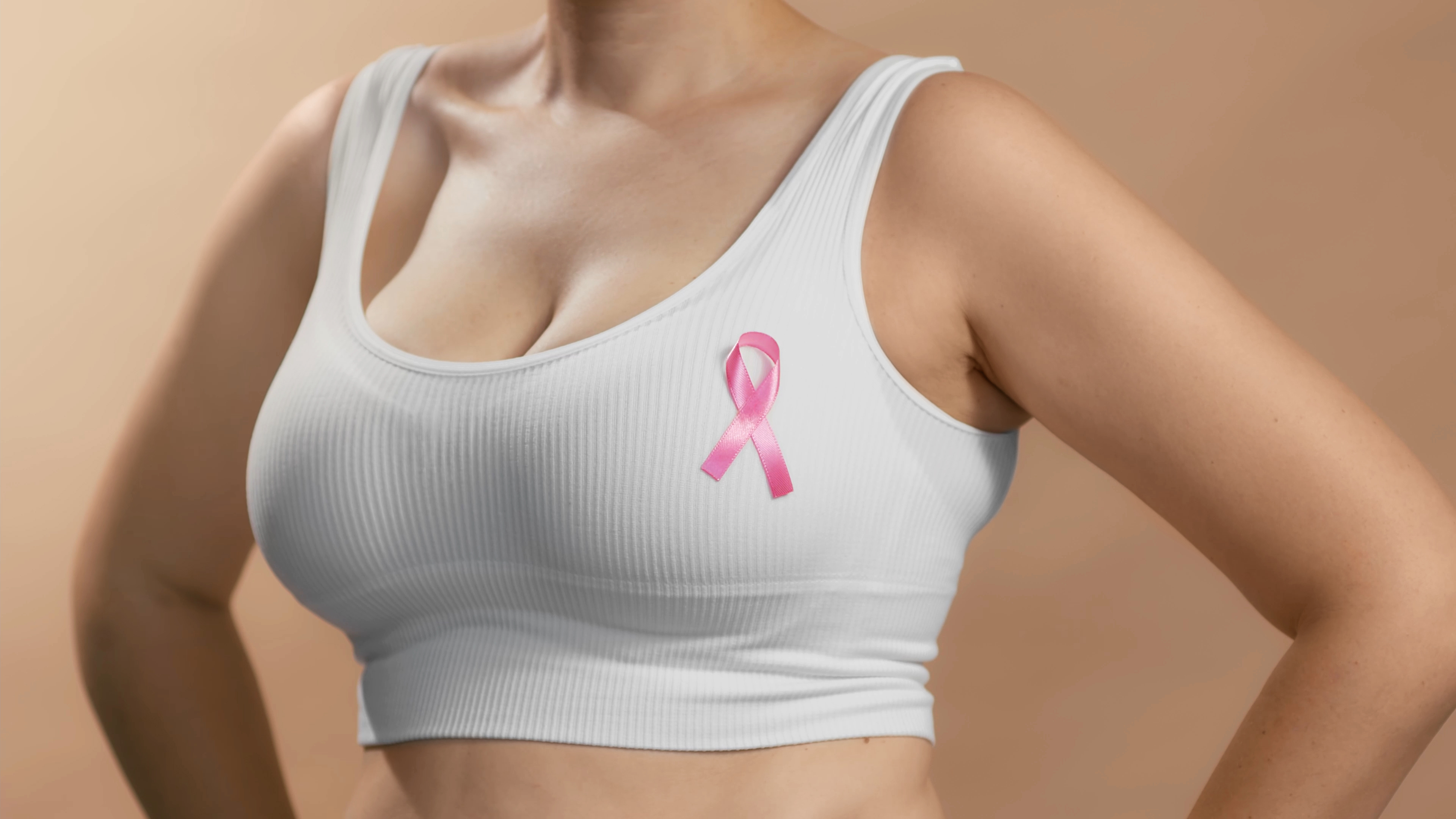Pink October: a journey of awareness and care
October arrived and with it we started the Pink October campaign, which is an international movement for the early detection of breast cancer.
According to the National Cancer Institute, 73,610 new cases were estimated for the year 2023, which represents an adjusted incidence rate of 41.89 cases per 100,000 women (INCA, 2022).
It is extremely important that women pay attention to their breasts whenever they feel comfortable doing so, whether during the shower, when changing clothes or at any time in their daily routine. There is no need to follow a specific technique; valuing the occasional discovery of small breast changes is essential.
In addition to paying attention to your own body, it is also recommended that women aged 50 to 69 have a screening mammogram (when there are no signs or symptoms) every two years. This test can help identify cancer before symptoms appear.
The main signs and symptoms of breast cancer are:
– Lump (nodule) fixed, hardened and, generally, painless;
– Red breast skin, retracted or similar to orange peel;
– Changes in the nipple;
– Small nodules in the region under the arms (armpits) or on the neck;
– Spontaneous release of liquid from the nipples
Breast cancer can be identified at an early stage in most cases, which significantly increases the chances of successful treatment and cure. All women, regardless of age, have the power to know their own bodies and distinguish what is normal from what is not in their breasts.
One of the most accessible ways to prevent and early detect breast cancer is breast self-examination. Self-examination is a technique that enables women to examine their own breasts, looking for possible changes that could indicate the presence of a tumor. It is crucial to emphasize that self-examination does not replace mammography, which is a more accurate imaging test and is strongly recommended for breast cancer screening, especially for women over 40 years of age.
Here are some basic steps to perform a breast self-exam:
– Choose a suitable time: The self-examination can be done standing or lying down. Choose a quiet, comfortable place where you feel comfortable taking the exam.
– Observe yourself in the mirror: Start by observing your breasts in the mirror with your arms at your sides. Notice if there is any difference in the shape, size or contour of the breasts. Also observe the skin for redness, swelling or roughness.
– Raise your arms: Raise your arms above your head and observe your breasts again for possible changes.
– Examine lying down: Lie on your back and place a pillow under your right shoulder. With your left hand, gently touch your right breast with your fingertips. Make circular or straight movements, always gently, to feel if there are any lumps, lumps or changes in the texture of the breast. Repeat the process for the left breast, using your right hand.
– Press the nipples: Also check the nipples, observing whether there are any abnormal secretions, such as blood or pus.
– Examine the armpits: Don’t forget to check the armpits for lumps or lumps.
– Consult a doctor: If you find any changes during the self-examination, such as a lump or any other concern, it is essential to see a doctor as soon as possible for a professional evaluation.
It is worth highlighting that around 30% of breast cancer cases can be prevented by incorporating healthy habits into our daily lives.
Among these beneficial practices are:
– Regular Physical Activity: Maintain a physical exercise routine.
– Healthy Eating: Choose foods that promote health.
– Maintain Adequate Body Weight: Avoid being overweight.
– Avoid Consumption of Alcoholic Beverages: Limit or eliminate alcohol consumption.
– Breastfeeding: When possible, breastfeed your baby.
Remembering that self-examination is not an infallible method, and mammography is still the most effective test for the early diagnosis of breast cancer. Therefore, all women should follow the exam recommendations according to their age and medical history, in addition to maintaining a healthy lifestyle and seeking information about prevention and breast health care during Pink October and throughout the month. year.
* This content is for informational and educational purposes only and is not intended to serve as medical advice or as a substitute for a consultation with a trained physician or surgeon.

